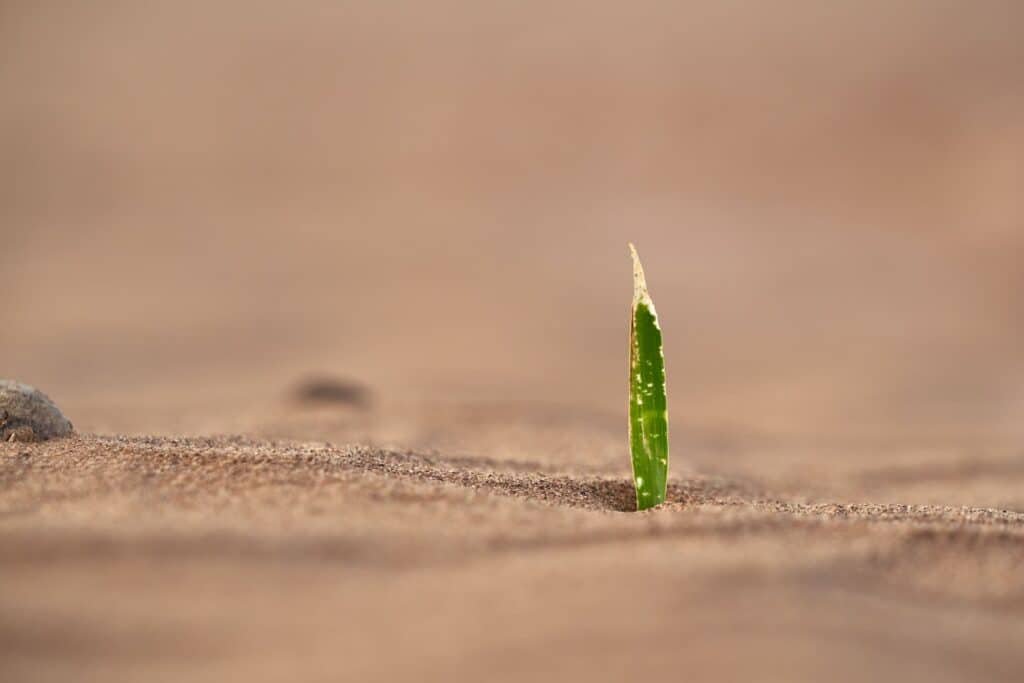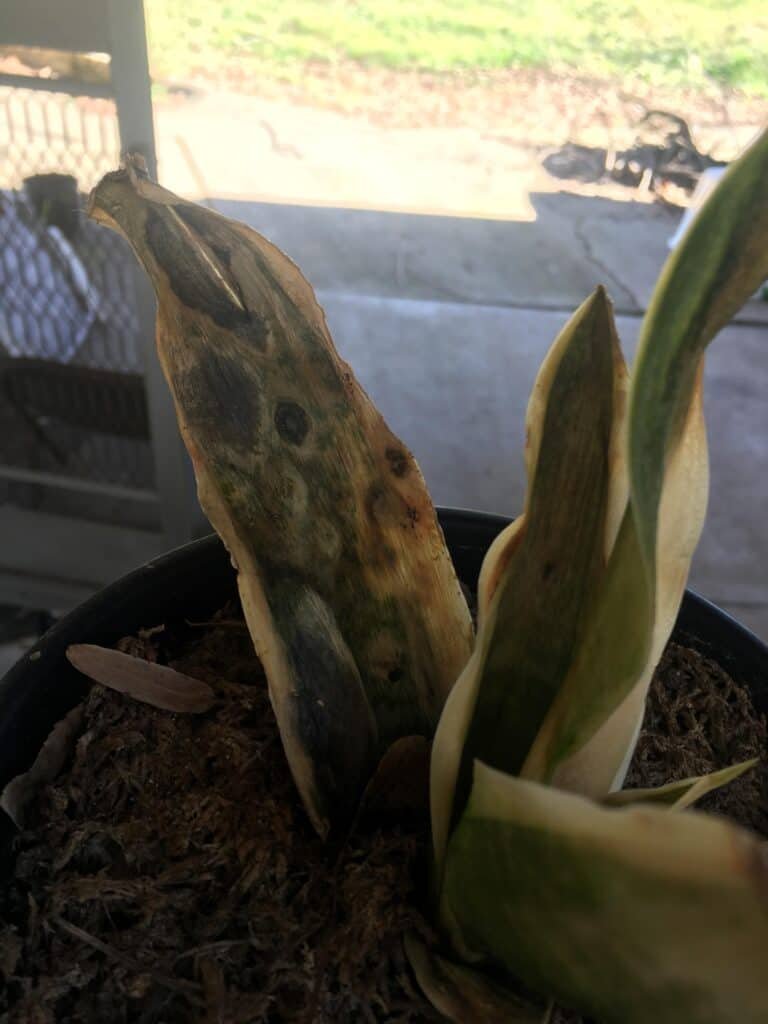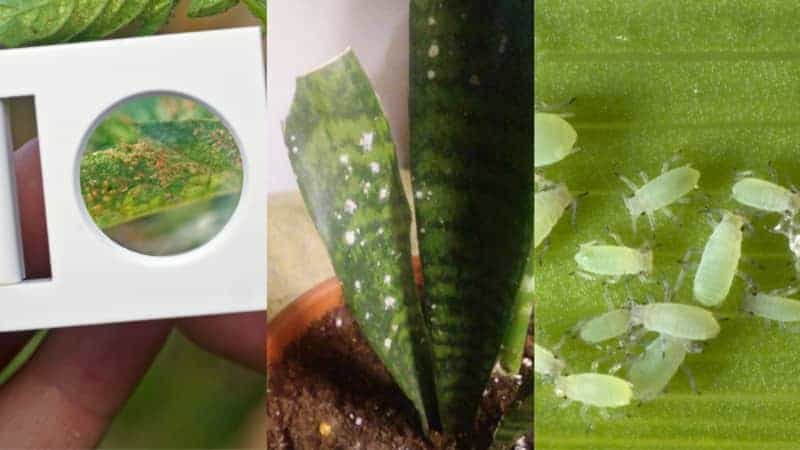Snake plants are often regarded as easy houseplants.
Although they aren’t strangers to problems..
..they still come with them.
A snake plant’s leaves turn yellow when it’s unhappy with the temperature or watering.
So we know that plants respond to their environments in sophisticated, complex ways — far more complex than most of us realized a few years ago.
TED FARMER, A BOTANIST AT UNIVERSITY OF LAUSANNE IN SWITZERLAND
Find out more about the top 4 reasons..
..why your Snake Plant may have yellow leaves below.
But, Let’s Hear it from Ares first!
Well, Leaves To Turn Yellow in my houseplants is a very common thing to see…
I tend to leave them be, because usually new leaves may occur…
But this time, it was different…
My houseplants’ leaves are turning yellow gradually, thoroughly…
I suspect something wrong might have had happened…
… but I can’t seem to figure out the cause.

Check this out:
Overwatering
Yellow snake plant leaves are usually caused by overwatering.
Since they don’t need much water, their soil can become waterlogged very quickly.
The roots will rot and become mushy as a result.
Yellow leaves are the first sign of this, so you should have caught the problem quite early.
If you suspect that your Snake Plant has been overwatered..
..you should immediately check the moisture levels in the soil.

Another way to tell if the soil is waterlogged is to smell it..
..as waterlogged soil will emit a damp, musty, and unpleasant smell.
There are a few things you must do right away when there is too much moisture in the soil.
Remove the soil from the roots of the plant by taking it out of the pot.
The mushy roots should be cut off and the potting mix should be replenished.
You can also put some small pebbles in the bottom of the pot..
..to prevent clumps of soil from blocking the drainage holes.
If you need more information, see our guide on how to handle root rot.
Underwatering
Underwatering and overwatering often cause the same problems..
..and it is important to determine which one is occurring.
You certainly do not want to overwater your Snake Plant.
One way to tell if the plant is underwatered is if the yellowing on the leaf starts from the tip..
..and extends toward the edges.
Before making any changes to your care routine..
..you must again check the moisture levels in the soil if you suspect it is underwatering.
It is important to water your underwater Snake Plant gradually.

Snake Plants are shocked by sudden changes in their environment, as are humans. In this case..
..you shouldn’t drown the plant immediately.
Make small waterings every day for a week and adjust your schedule going forward.
Check the moisture in the soil before watering with your finger, chopstick, or lifting method.
Plant parents often go the other way and overwater their plants to compensate for a lack of water.
Keep reading…
Cold Temperatures
Yellowing leaves in Snake Plants can also be caused by cold temperatures and drafts.
It is important to place your snake plant in the warmest room in the house..
..over winter since snake plants do not like cold air.
You should also avoid placing them near drafty doors or windows.
Even though the temperature in your home may be perfect for Snake Plants.
..the drafts that come in from outside may be colder and may harm them.

If you are unsure..
..you can always pick up a digital thermometer to check the temperature in your home.
Pests
Sansevierias that are weak or stressed are more susceptible to insect infestations.
You can drain your plants of moisture by using sap-sucking insects such as spider mites.
A yellowing of leaves and fronds can be observed as an indication of this problem.
In indoor conditions, scale, mealybugs, and spider mites are common.
They proliferate and move along the leaves and blades if they are not killed early on.

The piercing mouths of the insects exhaust your plants and accelerate yellowing..
..especially when your Sansevieria is already unhealthy from nutrient deficiencies or poor soil moisture.
Those are four main reasons why Snake Plants develop yellow leaves.
Watering problems are the most common cause of a problem in the soil..
..so we would always check for moisture there first.
Sums Up
The snake plant requires minimal care since they do not require much water…
It only needs a little bit of love and a bit of your precious time in order to thrive…
It is common for snake plants to develop brown tips on their leaves…
… and we have listed all the possible reasons why.
Conclusion
Check out more of our posts like this one here!
I hope you can now take care your snake carefully and grow it big!
Thanks for reading this article! Bye!

